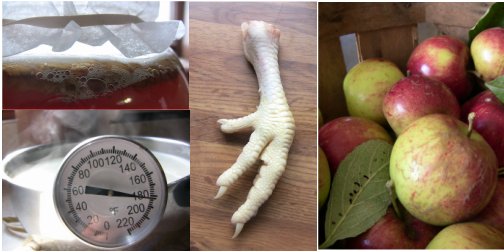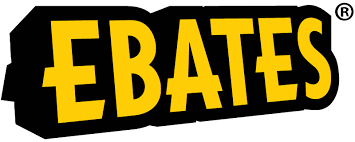Identification
Common prickly ash is easy to identify because of its small, shriveled-looking berries. The tree is one of two members of the Rue (sometimes called Citrus) family in Michigan. The berries have a lemon-lime-orange smell to them, and the branches have small thorns. The tree is small; only 5' - 15' tall. The leaves are are 2" long with smooth edges and, like the berries, have a citrus-y smell when crushed.
You can find the Prickly Ash tree throughout Michigan in a variety of soils, but they are often found where I found mine- along forest edges and fence rows.
Prickly Ash is often referred to as "toothache tree", because it contains a citrus-smelling oil called zanthoxylin, which causes numbness in the mouth. You can chew on either the fruit or the yellowish inner bark. When I was younger I would often get canker sores and use numbing gel to make talking or eating less painful. Believe me, this Prickly Ash works even better! The numbness took at least a 45 minutes to completely wear off, though at first it induces salivation (drooling) so that is somewhat annoying.
Other popular uses of Prickly Ash are to improve circulation problems like intermittent claudication, rheumatism, arthritis, and aging- or cold-related problems. The Native Americans were especially fond of this herb and used it for achy joints and sore muscles. They made teas and infusions both to drink and to bathe with.
Prickly Ash is generally considered safe to use, even for children and women who are pregnant.
*****
White, Linda B. The Herbal Drugstore. United States of America: Rodale Inc., 2000. Print.
Tekiela, Stan. Trees of Michigan Field Guide. Cambridge, Minnesota: Adventure Publications, Inc., 2002. Print.
Richard Whelan ~ Medical Herbalist ~ Prickly Ash. (n.d.). Retrieved September 2, 2015.
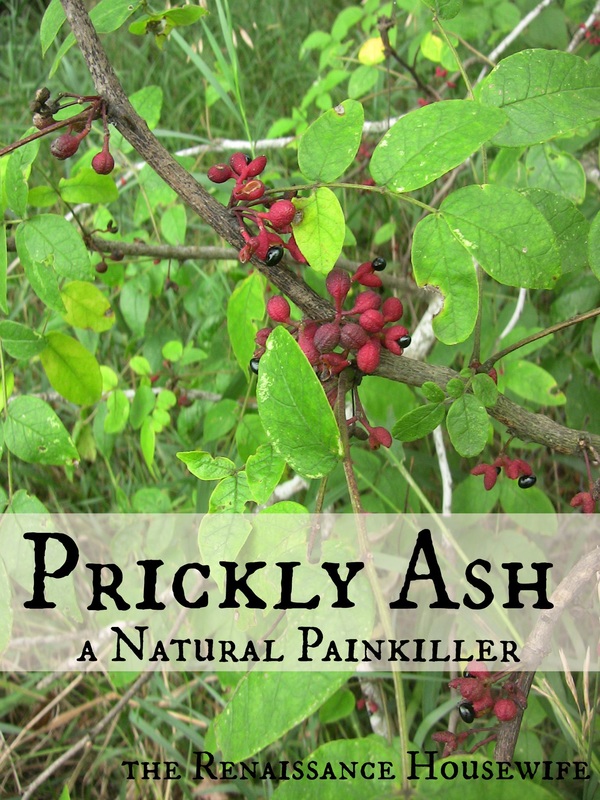
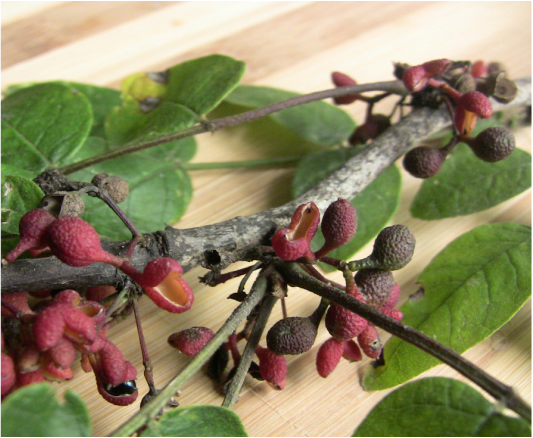
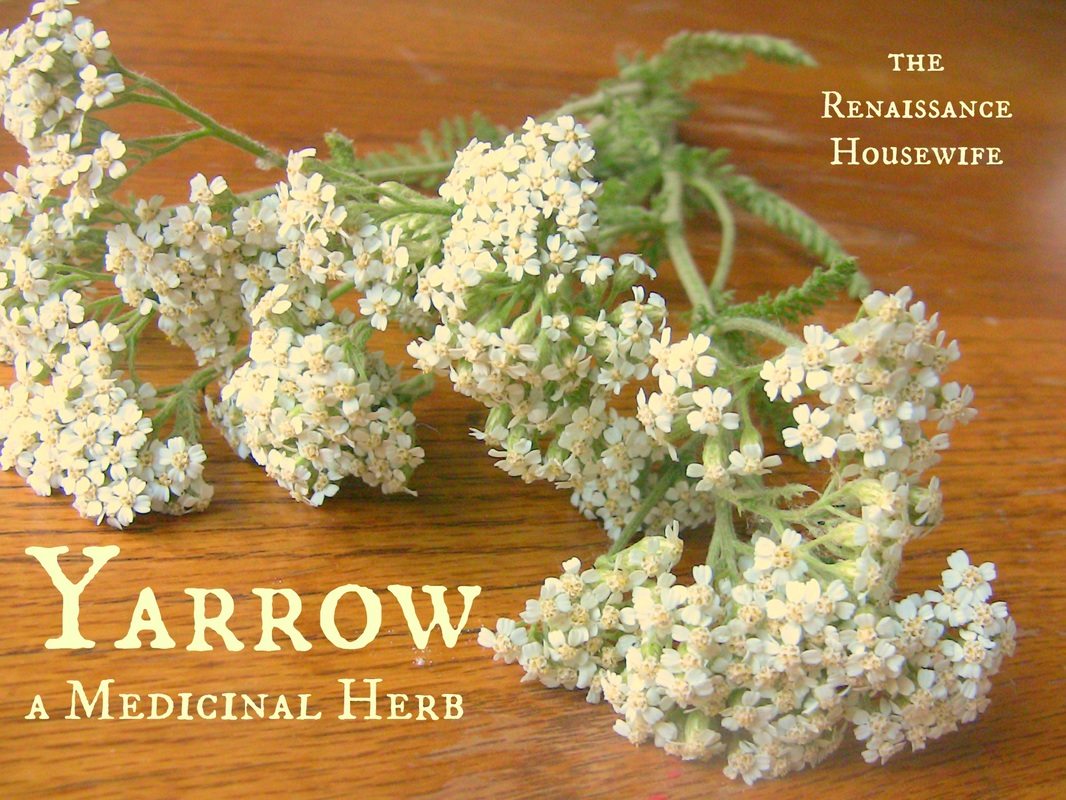
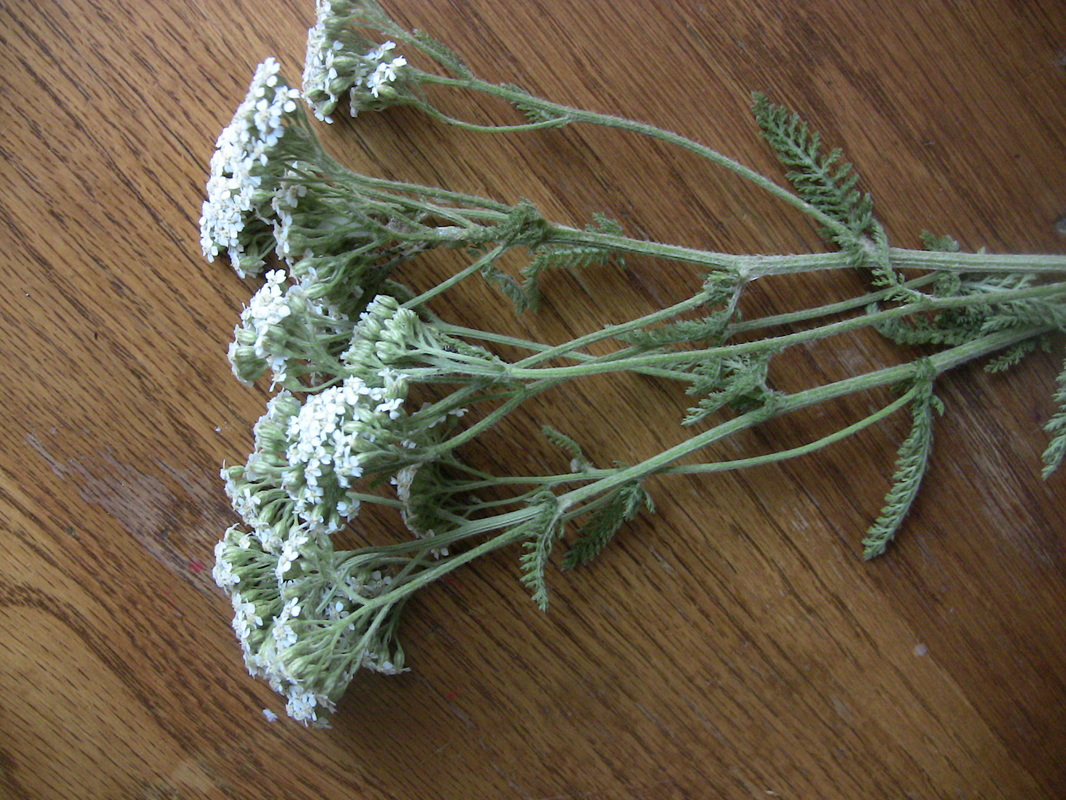
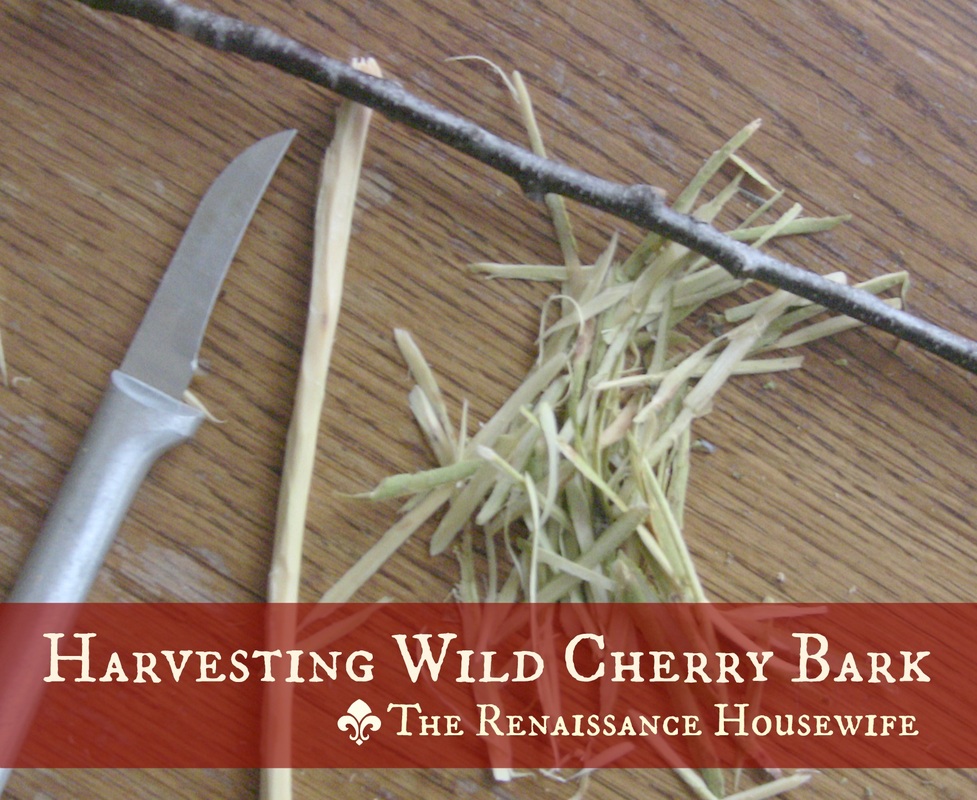
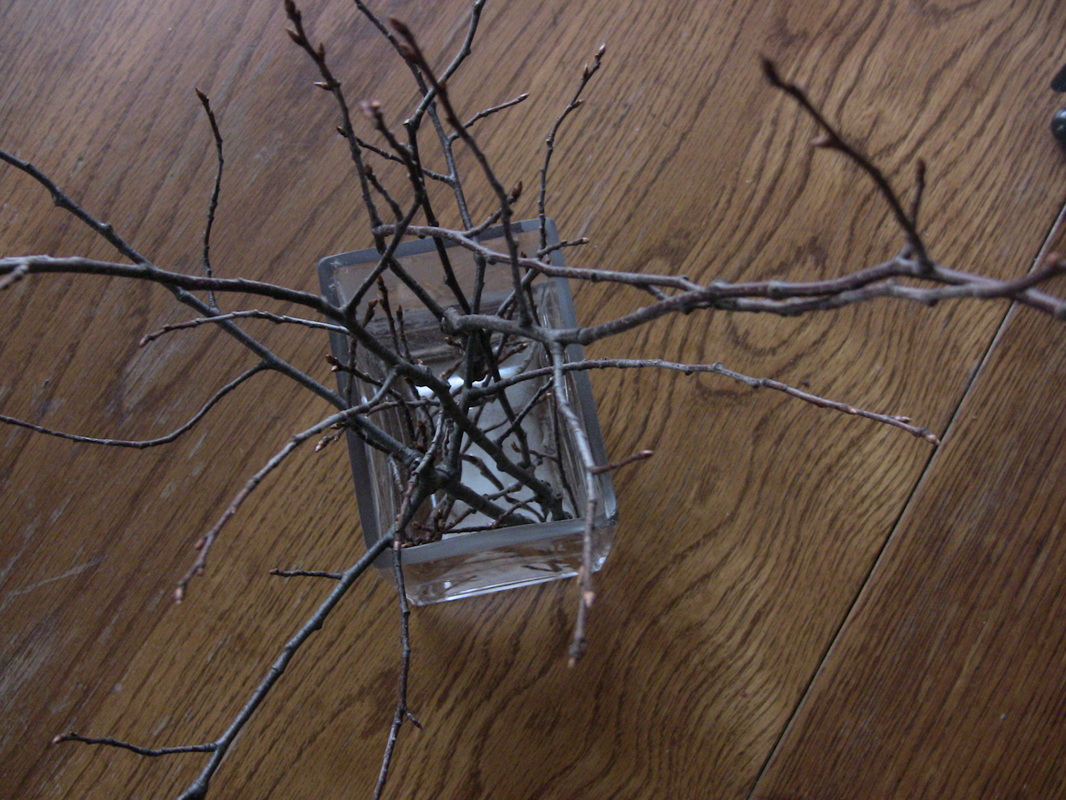

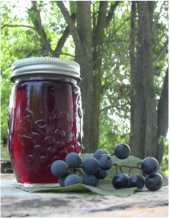



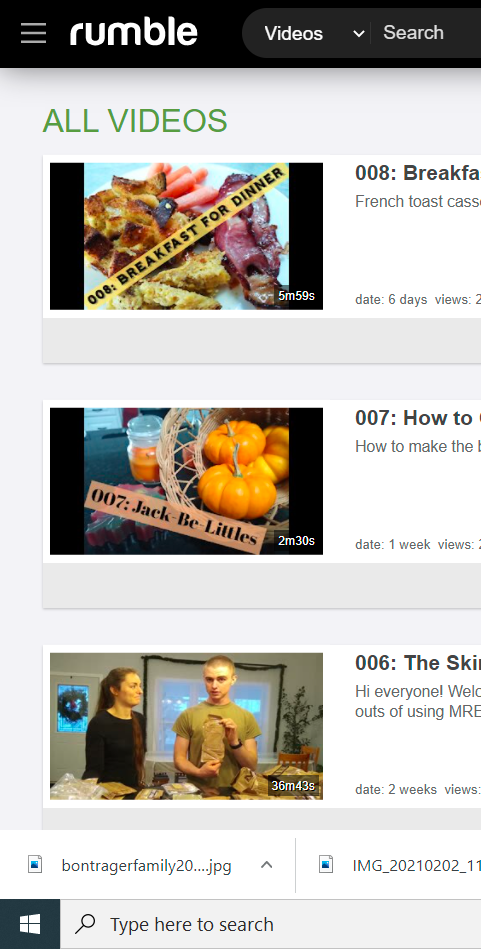
 RSS Feed
RSS Feed

